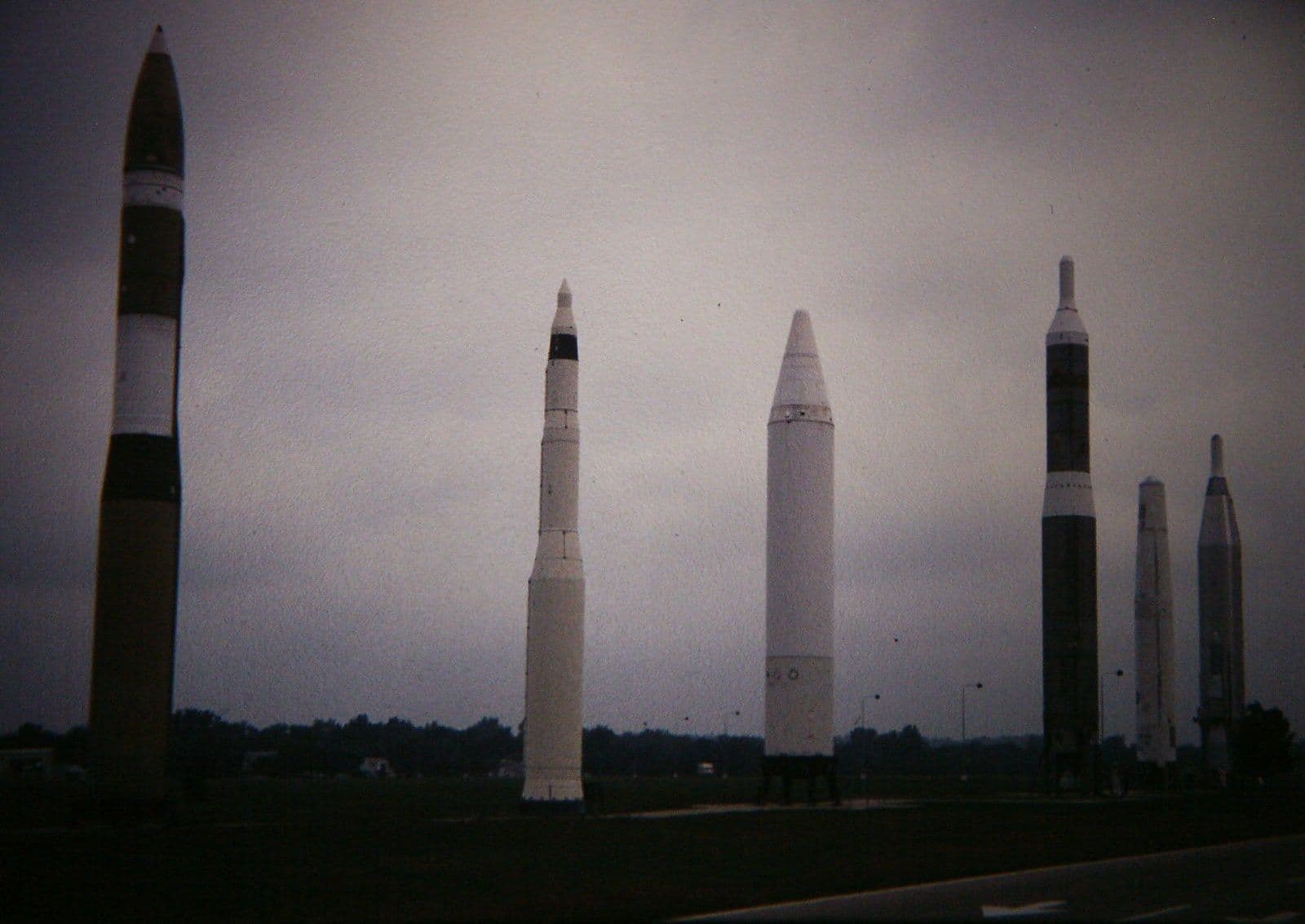Global Catastrophic Nuclear Risk: A guide for philanthropists

▲ Gary Todd from Xinzheng, China, CC0, via Wikimedia Commons
This is an executive summary of our investigation into nuclear war as a global catastrophic risk
Nuclear weapons are a global catastrophic risk; a nuclear war could kill untold millions, inflict horrific suffering on survivors, and derail human civilization as we know it. This risk, while large, is also shrouded in deep uncertainty — uncertainty about the probability of nuclear war, uncertainty about its consequences, and uncertainty about effective risk-reduction. This report focuses on what we do know about the threat of nuclear war and to derive effective risk-reduction strategies from these features — even when these strategies do not align with conventional wisdom. It analyzes issues like the scientific validity of nuclear winter models, the available data on philanthropic funding, historical case studies on policy leverage, and more. The following paragraphs briefly summarize the report.
The Changing Threat Landscape
Humanity is at the brink of a new nuclear age at the same time that there has been a large-scale reduction in philanthropic funding. Specifically:
- China and the Three Body Problem. The apparent ambitions of the Chinese Communist Party to massively expand its nuclear arsenal threaten to create a “Three Body Problem” of unstable orbital dynamics between three nuclear superpowers — the United States, Russia, and China — whose arsenals dwarf the other nuclear powers. Deterrence was built on duels, not truels, and humanity does not know how to approach this new age.
- Technological Disruption. Advances in machine learning and artificial intelligence have the potential to undermine (but also to strengthen) strategic stability, depending on their applications. For more, see Founders Pledge's research on autonomous weapons and military AI.
- Funding Shortfalls. The MacArthur Foundation is withdrawing from the nuclear field, leaving a major funding shortfall, and reducing the total philanthropic funding per year to about $30 million. (For comparison, the three CEOs of Lockheed Martin, Boeing, and Raytheon alone took home more than $60 million in 2021.)
The Structure of the Problem
A key insight for funders who value cost-effectiveness is that the negative effects of large-scale nuclear wars are disproportionately worse than the negative effects of more limited nuclear exchanges. In other words, nuclear wars are not created equal and the costs of nuclear war increase super-linearly with the size of nuclear war. All nuclear use is horrific, but the largest wars — thermonuclear exchange between the great powers — have the potential to destroy modern civilization and potentially alter the Earth’s climate, triggering mass starvation. Uncertainties abound — the science around nuclear winter is shoddy, civilizational collapse is difficult to model, and the tractability of escalation control is unknown — but this basic insight remains unchanged. Other features further define the structure of the problem:
- Funders, experts, and decision-makers face deep uncertainty about the effectiveness of interventions — we often simply do not know what would work best, and have no way of finding out.
- Accidents happen — the problems of nuclear crisis management and escalation control are likely here to stay, and cannot be ignored.
- What comes down can go back up — Cold War arsenal reductions are not guaranteed to be “sticky,” and some trends suggest that states are interested in arming; the magnitude of nuclear risk could increase significantly in the near future.
Guiding Principles for High-Impact Philanthropy
From the structure of the problem, philanthropists can derive heuristics that act as impact multipliers (for more on impact multipliers, see “How we think about charity evaluation”):
- Funders ought to focus on minimizing war damage. This ultimate goal may diverge from intermediate goals like disarmament, non-use, etc.
- In light of uncertainty about intervention effectiveness, funders ought to prioritize neglected strategies.
- Funders can multiply their impact by focusing on "great powers."
- Funders can multiply their impact by focusing on policy advocacy to leverage societal resources.
- The principle of “robust diversification” can help guide effective giving under the conditions described above.
When combining these insights with analysis of funding databases, we are once again pushed towards prioritizing philanthropic interventions that seek to minimize damage after the first nuclear weapon has gone off, especially by escalation control, war limitation, and war termination. For more on this, see “Philanthropy to the Right of Boom” and “Call Me, Maybe? Hotlines and Global Catastrophic Risks.” To summarize:
- “Right of boom” interventions — focusing on problems arising after the first use of nuclear weapons, such as escalation control — are an important part of risk reduction.
- These very interventions have been severely neglected by philanthropic funders, possibly for ideological reasons.
- These facts suggest that prioritizing “right of boom” interventions is a promising impact multiplier for funders on the margin.
What to Fund
These impact multipliers in turn allow funders to derive specific and actionable funding opportunities. These opportunities will often require active grant-making by working with organizations to shape new projects focusing on worst-case scenarios. For this reason, we recommend that interested philanthropists give to the Global Catastrophic Risks Fund. Promising grants that the Fund could make in this field include:
- A large-scale research and policy project on the “Three Body Problem” of nuclear deterrence, possibly emulating the philanthropic funding strategy that led to Cooperative Threat Reduction.
- Policy-relevant “right of boom” analyses to complement and interrogate government-led efforts.
- Policy-relevant “foundational studies” and challenging the “conventional wisdom” on nuclear war — with special emphasis on projects that seek to identify crucial considerations on great power behavior, minimizing expected war damage, and rigorously prioritizing possible policy options.
Philanthropists have an important role to play in reducing nuclear risk. As Dr. James Scouras, a senior expert on nuclear war who reviewed the report, wrote: “Nuclear risk is far too important to leave to the generals.”